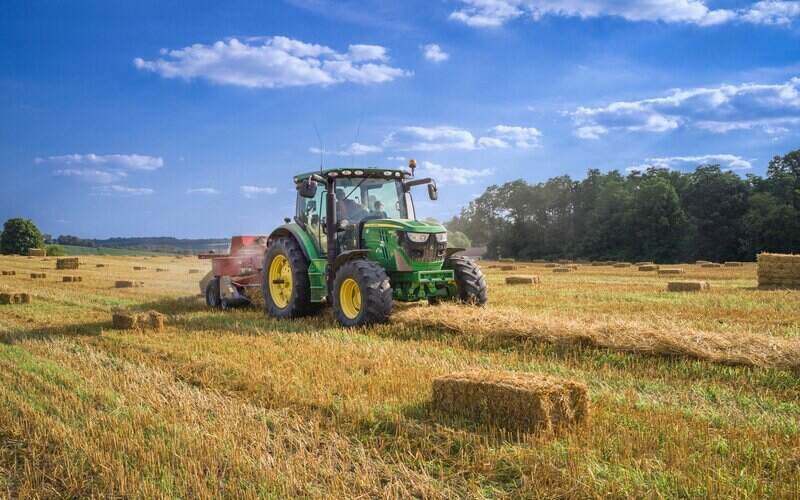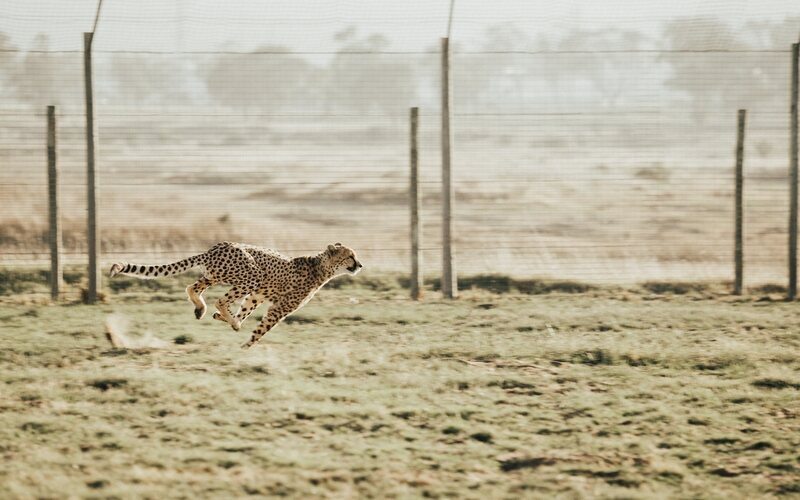Over the past two years, the ‘lifestyle movement’ saw many city dwellers ditch their metropolitan lives and head to the regions for a tree or sea change. A few might be considering a farm.
But before you start donning Ariat boots and an Akubra hat, you may want to hold your horses - it’s not necessarily an episode of McLeod’s Daughters or Yellowstone. Buying a farm may not be as easy as buying a home in the city; there are some important things in which you’ll need to be mindful.
Let’s go over everything you should know when buying a farm in Australia. Whether sheep or sheppard avocados are your specialty, the absolute basics are similar.
Advertisement
Buying a home or looking to refinance? The table below features home loans with some of the lowest interest rates on the market for owner occupiers.
| Lender | Home Loan | Interest Rate | Comparison Rate* | Monthly Repayment | Repayment type | Rate Type | Offset | Redraw | Ongoing Fees | Upfront Fees | Max LVR | Lump Sum Repayment | Extra Repayments | Split Loan Option | Tags | Features | Link | Compare | Promoted Product | Disclosure |
|---|---|---|---|---|---|---|---|---|---|---|---|---|---|---|---|---|---|---|---|---|
5.54% p.a. | 5.58% p.a. | $2,852 | Principal & Interest | Variable | $0 | $530 | 90% |
| Promoted | Disclosure | ||||||||||
5.49% p.a. | 5.40% p.a. | $2,836 | Principal & Interest | Variable | $0 | $0 | 80% |
| Promoted | Disclosure | ||||||||||
5.64% p.a. | 5.89% p.a. | $2,883 | Principal & Interest | Variable | $250 | $250 | 60% |
| Promoted | Disclosure | ||||||||||
5.64% p.a. | 5.89% p.a. | $2,883 | Principal & Interest | Variable | $248 | $350 | 60% |
| Disclosure |
Buying farm land: What you should know
Whether you’re going to grow crops or raise livestock, you’re going to need land - and a lot of it. Depending on if you want to live out in the sticks or relatively close to civilisation, the cost of your farm land is going to vary. According to REA Group, buying farm land that can generate a profitable business is going to cost you between $500,000 and $1.5 million.
While this is a rough estimate - and location is a significant factor that will come into play - the type of farm you want to have will likely be the biggest influence when narrowing down your search. For example, if you want to buy a few horses and cows, just because you love them so much, you may not need to worry about the soil conditions. But if you want to grow a range of crops, the soil and climate are going to matter.
Types of farms
To make things easier, let’s break down the different types of farms people generally choose to start up.
-
Income-driven farming: This is generally what comes to mind when farmers and farms are brought up. There are a range of income-driven farms you can look at starting up such as a dairy farm, other livestock (sheep, pigs, etc.), or cropping.
-
Hobby farming: Hobby farming is becoming increasingly popular, particularly among retirees and young buyers pushed out of city markets, according to realestateview.com.au. You can still have livestock and grow a few crops here and there, but this type of farm will generally require you to generate your income from elsewhere, as you may not break even on your costs.
Once you’ve chosen your bread and butter (you could start a wheat and dairy farm, ha ha), there are a few things to look out for.
What to look for in the land
When inspecting your potential new farm land, it’s important to keep an eye out for a few key things:
-
Soil type: Particularly if you want to grow crops, you’ll need to ensure the land is home to the right type of soil. According to Farm Style Australia, your farm’s soil type will directly influence its suitability for its intended purpose. You can commission your own soil test before you buy, and you can make the results of a soil test a condition on your contract. You should also keep an eye out for signs of soil degradation (salinity, erosion, chemical contamination), and it may be helpful to know what the land was previously used for.
-
Land size: If you’re looking to start a hobby farm, this may not matter as much. But if you want to start profitable dairy farm or cropping farm, size does matter. Be sure to do some calculations to figure out how much land you need to generate a sufficient profit and go from there.
-
Location: When I say location, I don’t necessarily mean geographically (though this is also important). You should find farm land that is easily accessible for trucks (and visitors if you want them). Also check your access to markets and other essential services, and whether water and electricity is already connected. You may also want to check if the block is registered to the national broadband network (NBN) and, if it’s not, how important this is for you.
-
Infrastructure: Check out the farm’s existing infrastructure (the house, sheds, fences, drains, yards, water supply, power supply, etc). If the farm doesn’t have the facilities you need, you should understand the local council’s building requirements and restrictions and whether you’re ready to build.
-
Water: Depending on whether the farm is totally self-sufficient (i.e. only uses tank water) or if it’s connected to the local water and sewerage network, your considerations may be different. If the property isn’t connected to water, you’ll need consider a few things: its reliability (how often does it rain?), its source (dam, river, tanks etc.), and what happens if there isn’t enough of it (how will you get water?).
Size matters to lenders
Here’s a potential wrench thrown into your plans - if you don’t have enough cash to buy your farm without finance, you may run into some trouble. Lenders can be pretty picky when it comes to servicing certain loans - some lenders won’t lend to people that live rurally full stop.
Without even considering the location aspect of things, let’s go over some common maximum land sizes for home loans.
-
ANZ, Newcastle Permanent: 50 hectares
-
NAB, Bendigo & Adelaide Bank, HSBC, Suncorp and more: 10 hectares
-
Greater Bank: 70 hectares
-
BOQ, AMP, Yard and more: 40 hectares
-
Great Southern Bank: No defined maximum
To read the full list of minimum and maximum land sizes for home loans, check out our recent article.
Clearly, the larger the block you’re looking at buying, the fewer lenders you may have to choose from. Some lenders also require you to have a larger deposit when purchasing a big block, so you might want to be mindful of this.
The legal stuff
When owning and operating a farm in Australia, there are a number of government regulations and legal responsibilities you need to adhere to. For example, you’ll need to comply with the relevant rules around:
-
Using fertiliser and other chemicals
-
Controlling weeds and pests
-
Treatment of animals (stock and native)
-
Fencing along boundaries, roads and waterways
-
Fire prevention and preparation
-
Clearing trees or scrub
-
Land and water conservation
You may be able to inherit your licences and permissions from the seller once you own the farm, but you should seek proof that the licences are current and haven’t been revoked. Your solicitor or conveyancer should be able to help you get ahold of all the relevant information you need to keep yourself in the loop.
Check for farming grants
While there have been a number of grants thrown around to help people buy property over the past two years, farm grants have been scarce. But they still exist - farming grants are non-repayable loans from the government which are offered in exchange for certain requirements being met.
According to the Regional Investment Corporation, there are a few loans currently available geared at helping farmers.
-
AgriStarter Loan: Assist first-time farmers, support farm succession arrangements
-
Farm Investment Loan: For farmers who want to “invest in a better future” by making their farm businesses stronger, more resilient and more profitable
-
Drought Loan: Helping farm businesses prepare, manage and recover from drought
-
AgBiz Drought Loan: Support regional Australians take control of their business through drought
-
Plantation Loan: Encourage new plantations and replanting of bushfire damaged locations
For more information on eligibility, and other resources available, check out the Department of Agriculture, Water and the Environment as well as the Regional Investment Corporation.
Image by Randy Fath on Unsplash

Ready, Set, Buy!
Learn everything you need to know about buying property – from choosing the right property and home loan, to the purchasing process, tips to save money and more!
With bonus Q&A sheet and Crossword!







 Bea Garcia
Bea Garcia
 Denise Raward
Denise Raward
 Harry O'Sullivan
Harry O'Sullivan
 Aaron Bell
Aaron Bell


